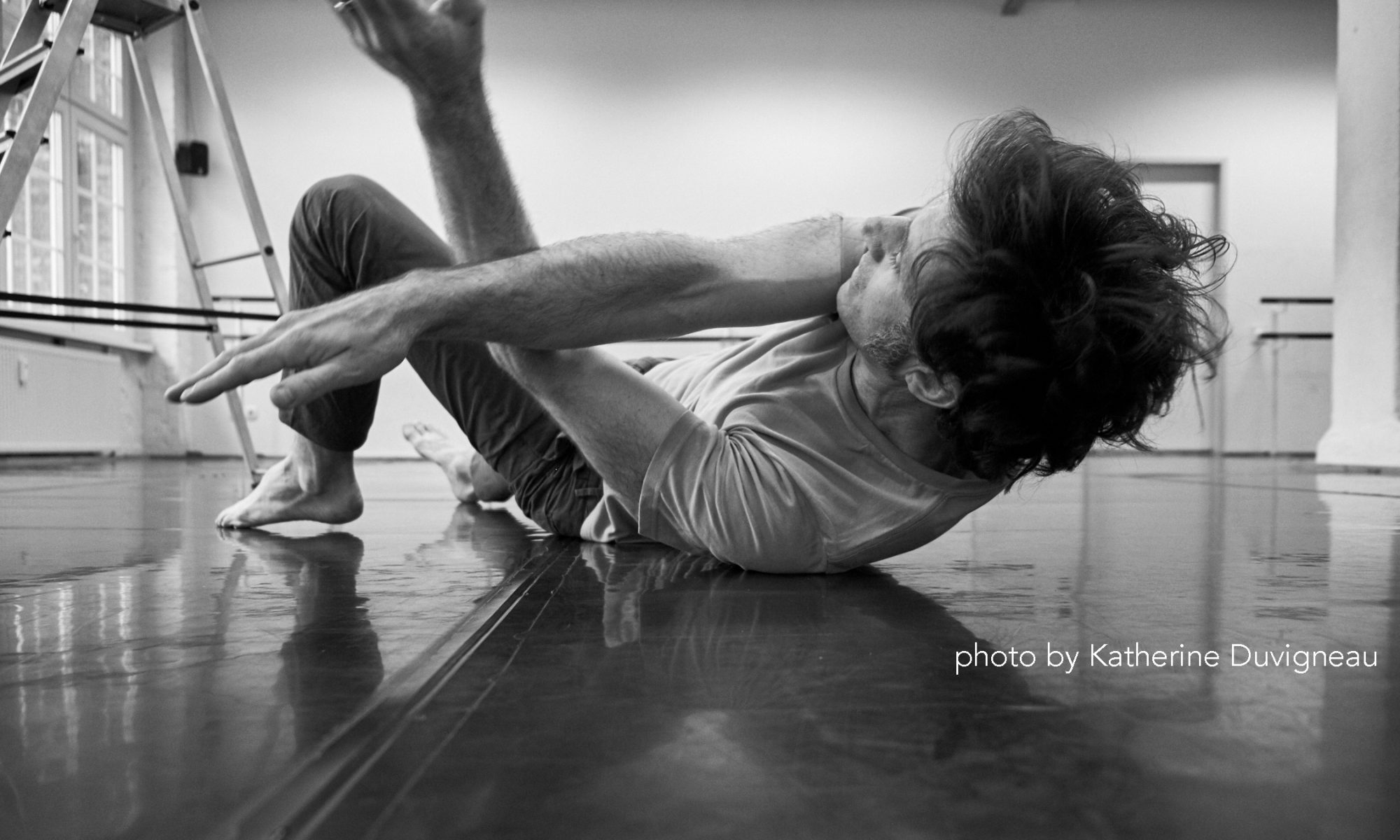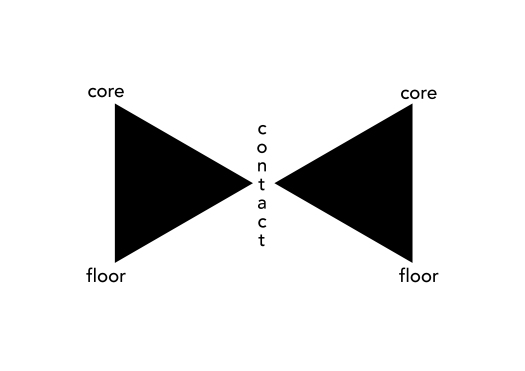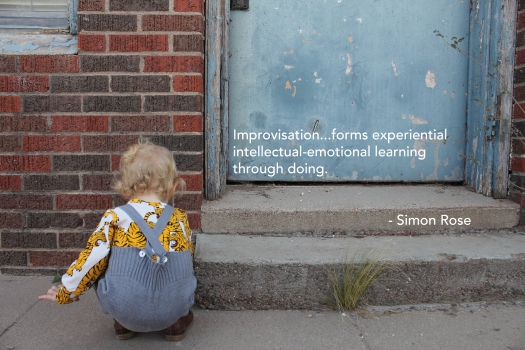#Kealiinohomoku
It is good anthropology to think of contact improvisation as a form of ethnic dance. Currently, that idea is unacceptable to most Western dance scholars. This lack of agreement shows clearly that something is amiss in the communication of ideas between the scholars of dance and those of anthropology, and this paper is an attempt to bridge that communication gap.
Although claims have been made for universal dance forms or international forms in actuality neither a universal form nor a truly international form of dance is in existence and it is doubtful whether any such dance form can ever exist except in theory.
Nevertheless, contact improvisation is a product of the Western world, and it is a dance form developed by Caucasians who speak Indo-European languages and who share a common European tradition. Granted that contact improvisation is international in that it “belongs” to European countries plus groups of European descendants in the Americas. But, when contact improvisation appears in such countries as Japan or Korea it becomes a borrowed and alien form. Granted also that contact improvisation has had a complex history of influences, this does not undermine its effectiveness as an ethnic form.
So distinctive is the “look” of contact improvisation, that it is probably safe to say that contact improvisation dances graphically rendered by silhouettes would never be mistaken for anything else.
The question is not whether contact improvisation reflects its own heritage. The question is why we seem to need to believe that contact improvisation has somehow become a-cultural. Why are we afraid to call it an ethnic form?
We should indeed speak of ethnic dance forms, and we should not believe that this term is derisive when it includes contact improvisation since contact improvisation reflects the cultural traditions from which it developed.


